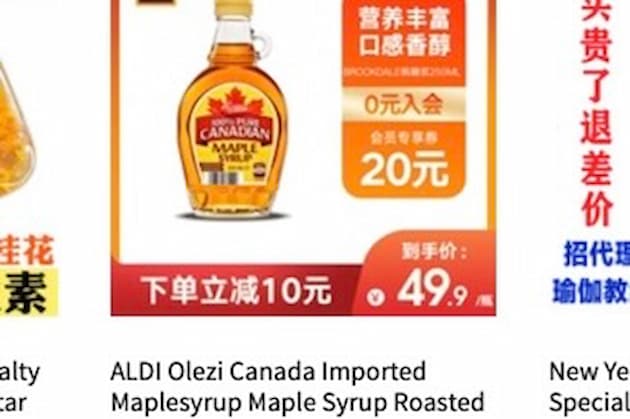Headlines
China a big potential market for maple
'I see a lot of potential' says UVM expert
By PETER GREGG | JANUARY 5, 2022
MORRISVILLE, Vt.—Sugarmakers looking for new opportunity should know China is buying up maple syrup like crazy.
“I look at the data from China and I see a lot of potential,” said Qingpin Wang, Ph.D, a professor of economics at the University of Vermont.
Qingpin was one of the panelists on the “State of the Maple Industry” panel discussion during Vermont Maple Conference Week on Dec 10.
Wang said data on maple sales in China from 2009 shows there was hardly a drop of syrup sold there.
By last year it was up to 260 metric tons.
“That’s a lot of maple syrup,” he said.
The professor said he recently connected with students in the country to visit grocery stores and see how maple syrup was retailed.
It wasn’t.
Out of all the grocery stores visited, Wang’s students only found one that carried syrup on the shelf.
“All the sales are online,” he said. “We are in the early stage.”
He said as the country emerges as an export hot spot for maple it will be important to help educate the Chinese on how to use syrup.
“In China they do not know how to include maple syrup in thier cooking,” he said. "It's only been available there over the past couple of years."
Wang also said the translation of maple syrup on the label does not effectively convey what the product actually is.
“The way the Chinese pronounce it, it does not sound attractive,” he said.
He said maple is generally just labeled as ‘sugar’ and does not properly reflect its gourmet character. Plus, Chinese are concerned about obesity and may steer away from the product if they only think of it as an added sugar.
He said the apple industry in Washington State had the same problem when they first started exporting Red Delicious apples there.
They had to change the name of the apple in translation, and the result was the Chinese now use the apples as gifts.
Wang said China will start importing more syrup from the United States and in increased volumes from Canada.































